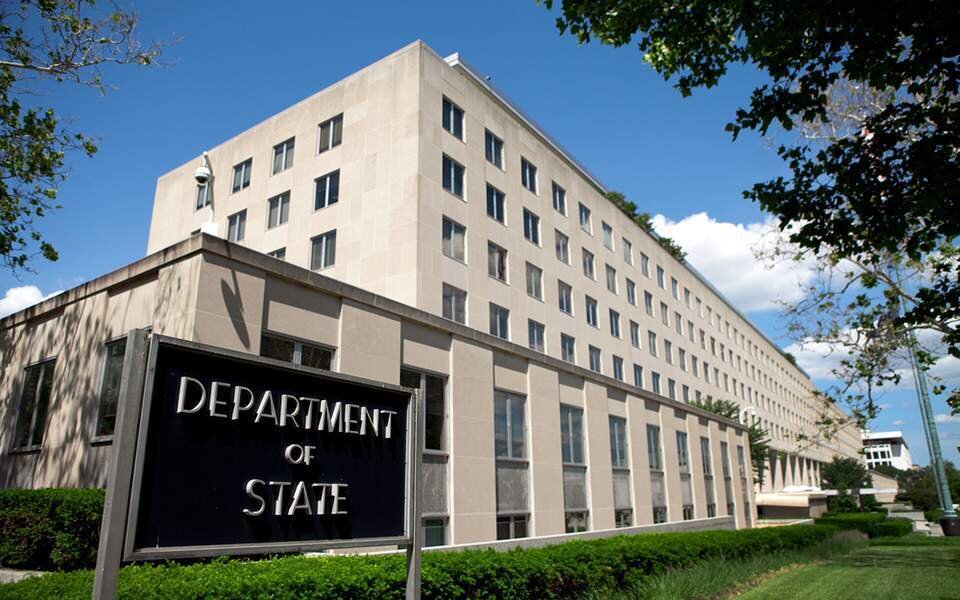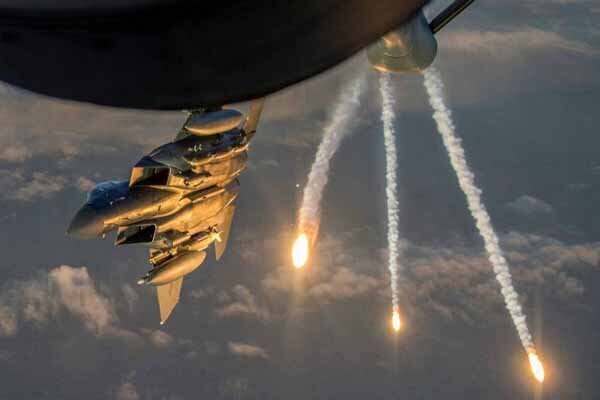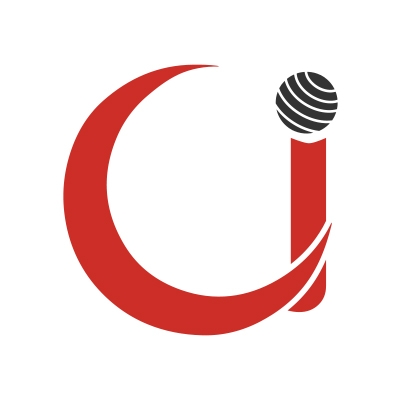Nowadays, medical tourism is considered as a booming industry on the global scene as some 20 to 24 million patients are traveling for medical treatments annually. Estimates on market size vary but the Patients Without Borders publishing group puts its value at around €60 to €80 billion worldwide.
Rising healthcare costs, increased care needs over longer lifespans, and constant pressures on some insurance industries are amongst reasons behind why some patients opt to travel to destinations like Iran that have been able to invest rapidly in their healthcare infrastructure in order to satisfy surging demands.
The country has set its goals to exceed its yearly medical travelers to around 2 million in [calendar year] 1404 (March 2025-March 2026).
But why Iran? Here we briefly try to answer. Iran boasts credible surgeons and physicians, cutting-edge medical technologies, high-tech medicine and diverse specializations, super affordable procedures within a trusted health system, and finally it is home to many hospitable people.
According to official figures, Iranian hospitals admitted 70,000 foreign patients over the last [Iranian calendar] year (March 2018 – March 2019). Some 90 percent of foreign patients in Iran are from Afghanistan, Iraq, Azerbaijan, Kuwait, Oman, Bahrain and other countries around the Persian Gulf.
Iran hosted a record high of nearly 600,000 medical travelers during the first four months of the current Iranian calendar year (March 21-July 21), nearly equal to the figure for the whole past year.
Visit Health highlights benefits of pursuing medical treatments in Iran in what follows:
Medicine in Iran: A bit of history
Iran (or Persia) has long been a major center for the development of medical knowledge so that just a few traditional medical schools in the ancient world have been as comprehensive as Iranian medical schools.
Hippocrates, the father of Greek medical science, admits how some of his medical theoretical foundations have been adapted from the ancient Iranians.
Long history and advanced civilization together with a hunger for immortality paved the way for medical knowledge to flourish in Iran.
Ancient medical schools founded in Iran such as Gondishapur have been teaching medicine for thousands of years. And Physicians such as Avicenna have been in the vanguards of medical development through centuries.
A pocket-friendly destination
The number of medical travelers around the world is rapidly growing. There are 3 major reasons for this growth:
- to lower the cost of treatment and save money;
- to access specific medical procedures which do not exist in one’s own country; and
- to visit a doctor with a special reputation.
World-class hospitals & clinics
Iran has hundreds of hospitals with a wide range of advanced medical technology, offering high-tech medicine and diverse specializations.
Credible doctors and nurses
Iran has a reputation for having experienced and skillful doctors. They are strictly trained and should also continuously equip themselves with the latest medical knowledge of the day.
Trusted health system
Medical specialists must pass extensive training and obtain professional certifications from Iran Medical Council and the Ministry of Health before they can be allowed to perform medical and surgical treatments. Hospitals and clinics are also overseen by authorities.
Advanced medical facilities
Medical and surgical facilities available in Iranian hospitals are also highly developed. Iran is known for its innovative hospital equipment and superior medical engineering. Almost all of Iran’s private hospitals have high level of imaging facilities, specialized clinics, 3D ultrasound, MRI, etc.
Great affordability
The cost of medical services in Iran is approximately a third of similar health care services in countries like UK and the U.S. As Iranian rial is suffering from unprecedented devaluation, treatments in Iran is very cheap.
No wait lists
You can obtain swift access to medical treatments and services you need.
Legendry hospitality
Iranians are known for their authentic hospitality and the love of outsiders. This spirit is easily felt in the medical travel industry. In Iran you feel like home!
A must-see tourist destination
Iran with a history of more than 5000 years is home to some of the oldest places and traditions. Iran with 23 UNESCO world heritage sites and dazzling natural landscapes should be the next destination on your travel bucket list.
Popular treatments
Iran as a medical tourism destination has credibility in various medical fields. These include (but are not limited to):
Infertility treatment
Cancer treatment
Cosmetic Surgery
Pre IVF Consultations and Investigations
Orthopedics – Joint Replacement
Dental Treatments
Orthopedic surgery
Neurology and neurosurgery
Cardiology and cardiac surgery
Obesity treatment
Ophthalmology
Iran is also one of the top destinations for disease diagnosis and comprehensive health check-ups.
Beyond medical needs!
In addition to the medical tourism facilities and conditions mentioned above, Iran also is an attractive destination for health and wellness services such as spas therapy, preventative care, rehabilitation and the treatment of chronic diseases. There are about 300 mineral-rich springs across the nation with the ability to develop as health towns, water therapies, hotel therapies, etc.
What to expect!
Rigid laws and regulations in the Iranian medical system support the health and safety of the healthcare environments in the country.
A hygienic environment and the clear, up to par outcomes of medical practices are the least that international patients can expect from Iranian hospitals.
Full medical consultation and comprehensive follow-up care are some of the things that can be expected when you go to Iranian hospitals or doctors.
Hospitals that work in the international healthcare market are required to obtain necessary licenses from the Ministry of Health under the IPD (international patient department) license. This license requires hospitals to comply with international standards for the provision of health services to medical tourists.
Final words!
The history of medicine in Iran is rich. The presence of highly qualified and well-known specialist and doctors, safe and low-cost procedures, along with a variety of tourist attractions in the country are sufficient to attract medical tourists in the region and from across the world to Iran.




































